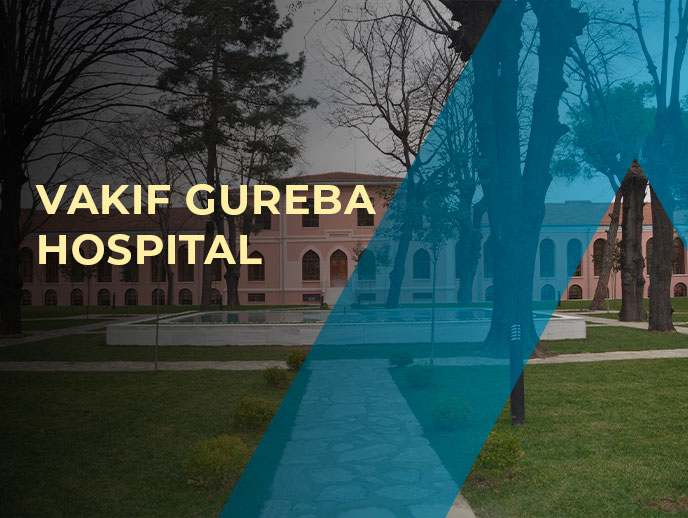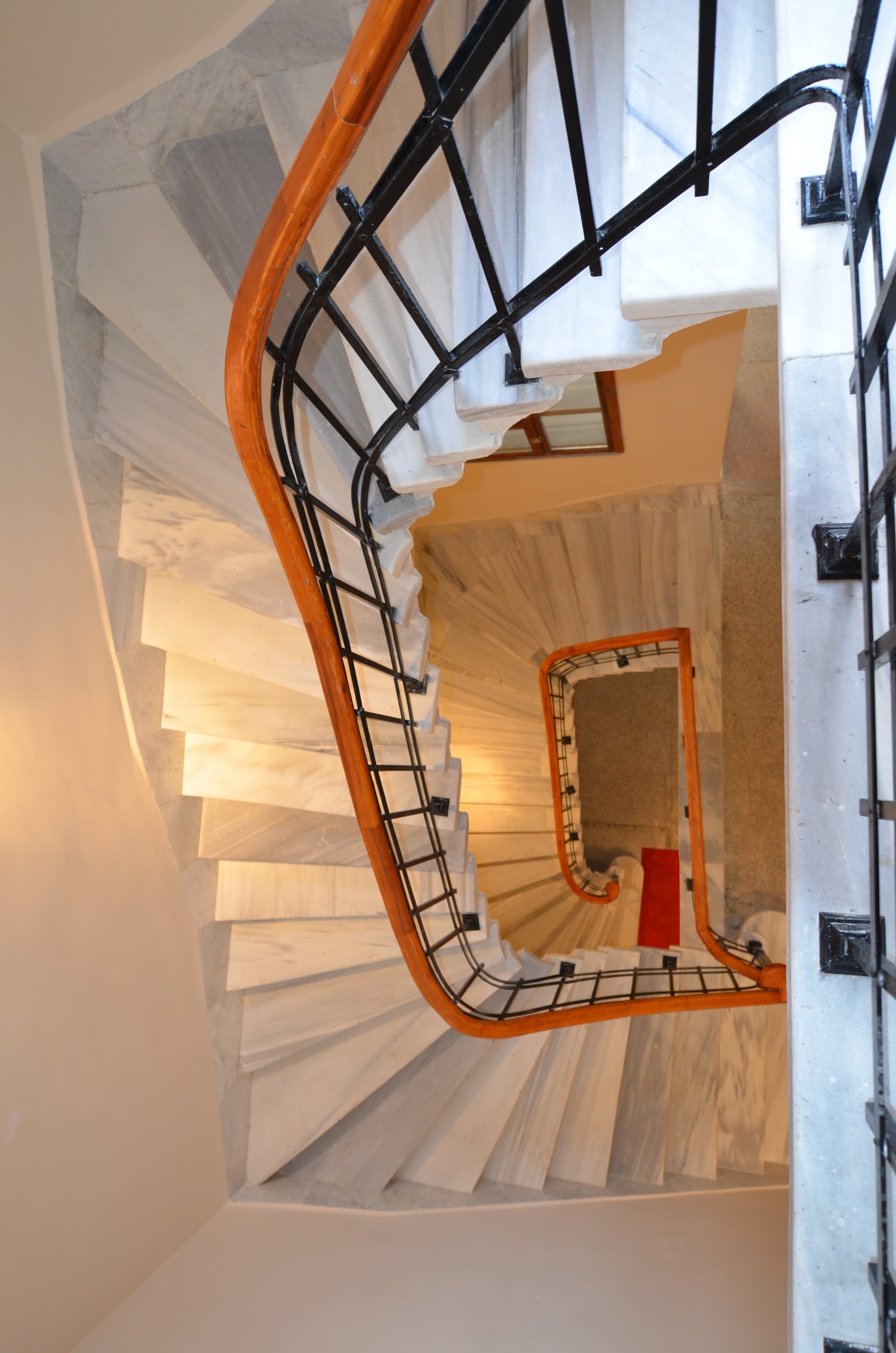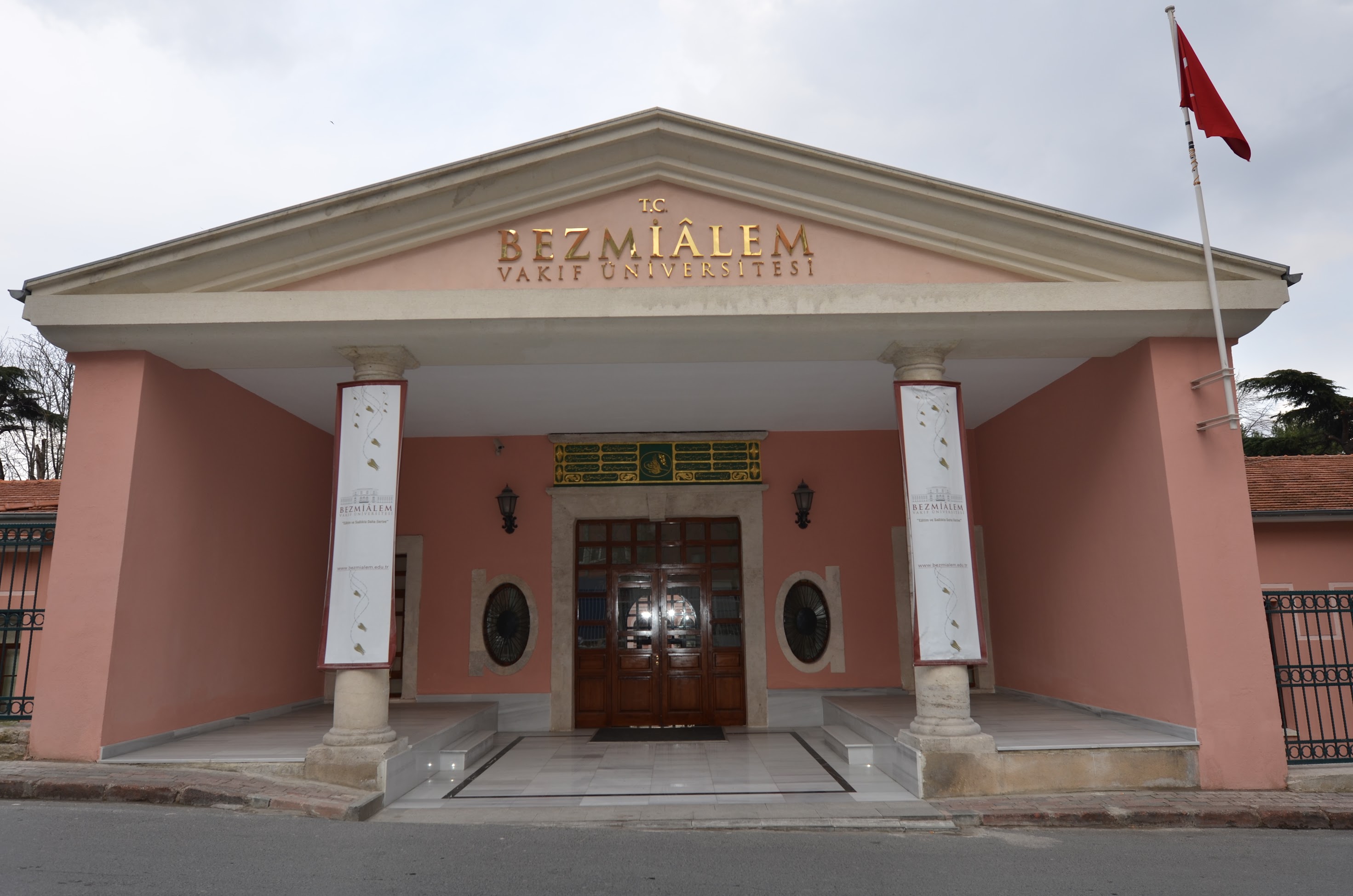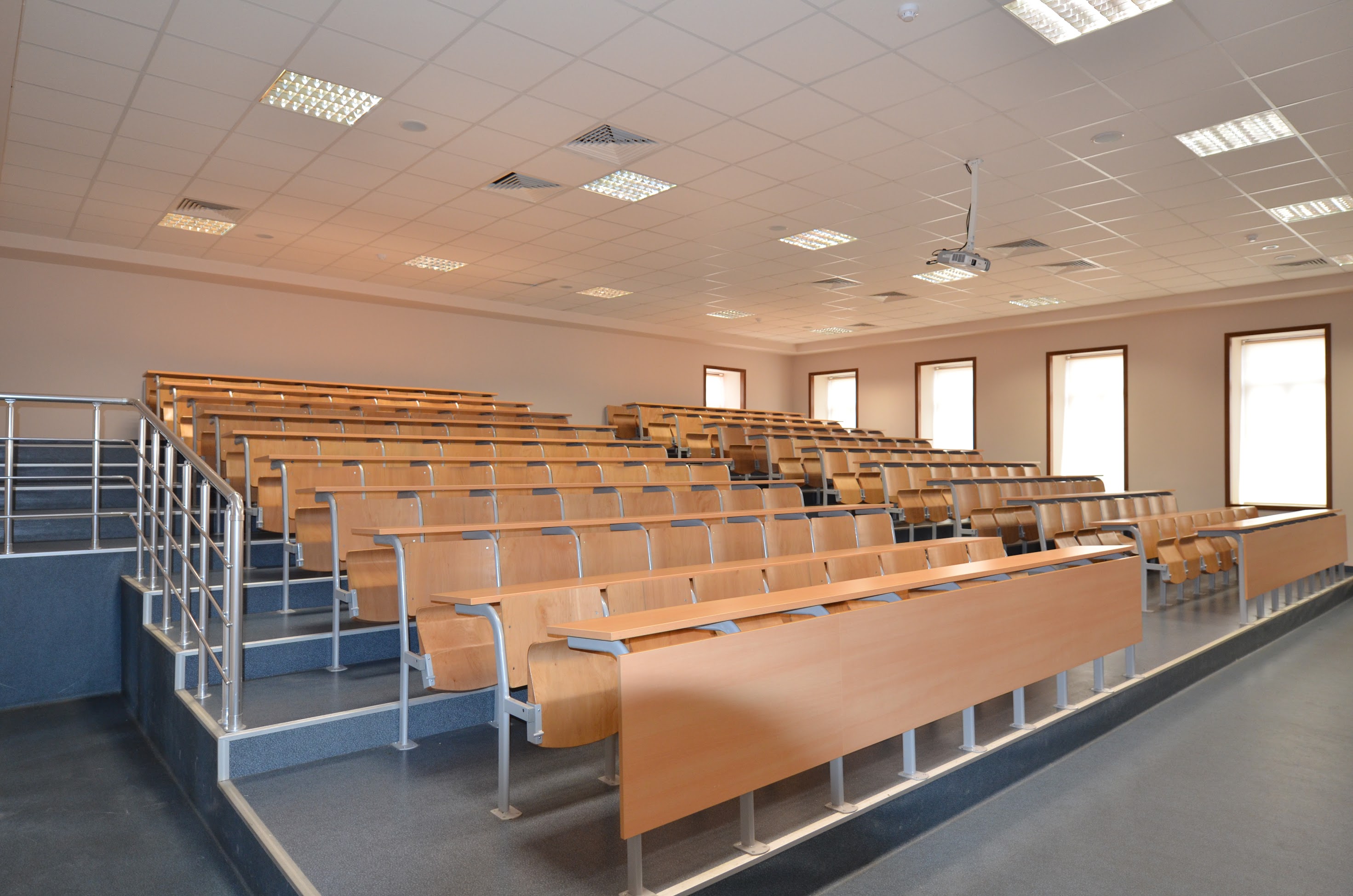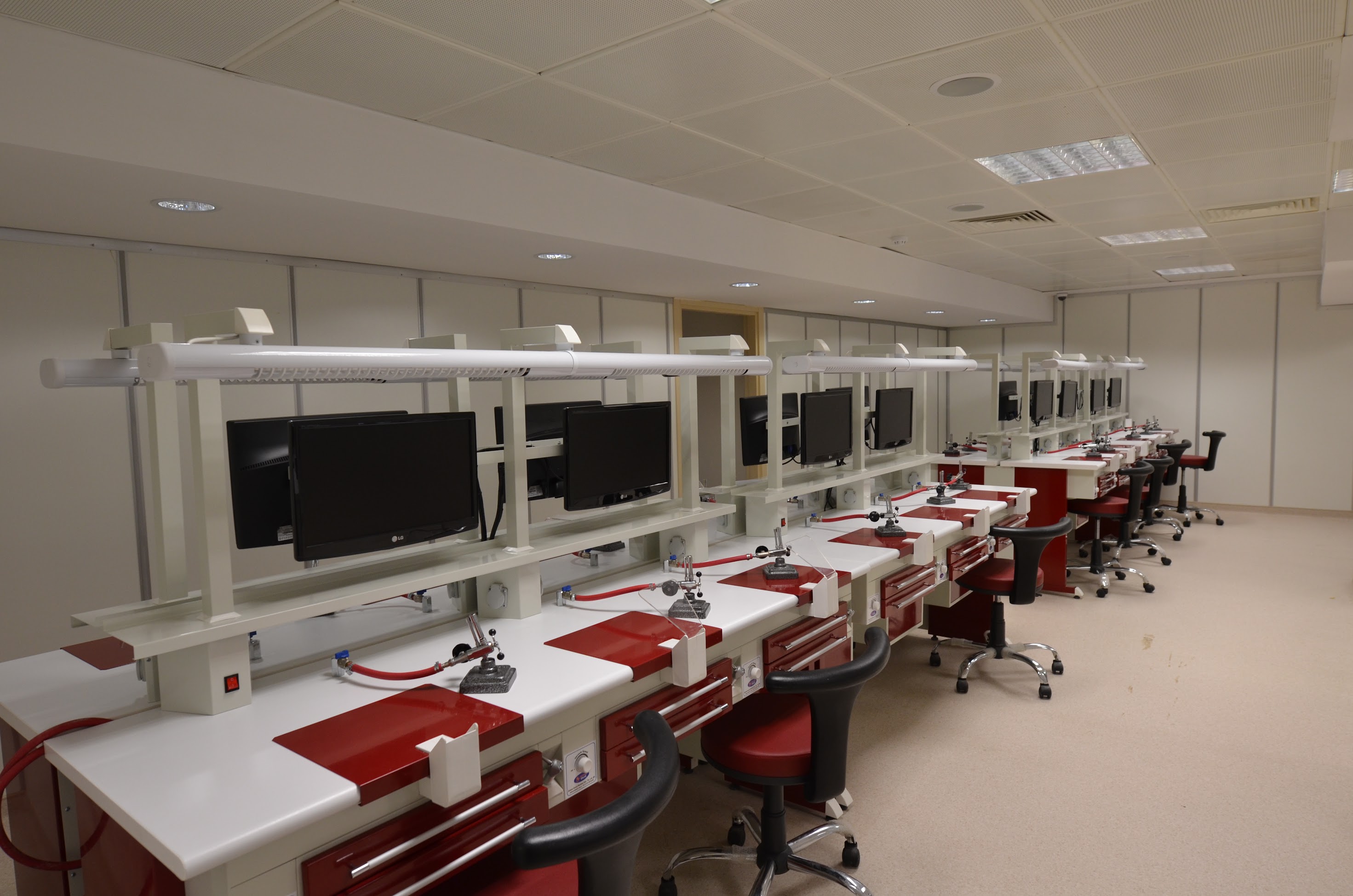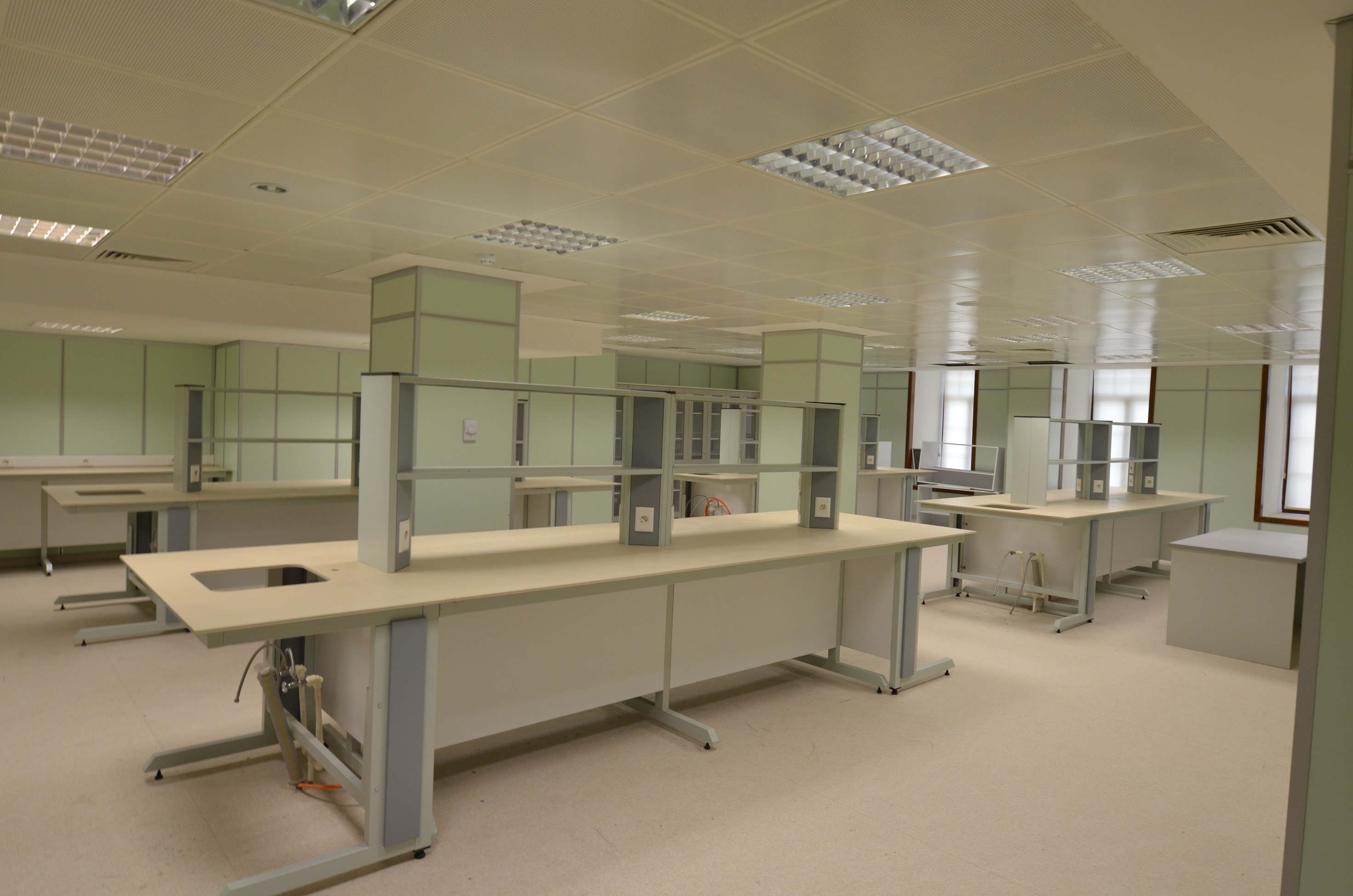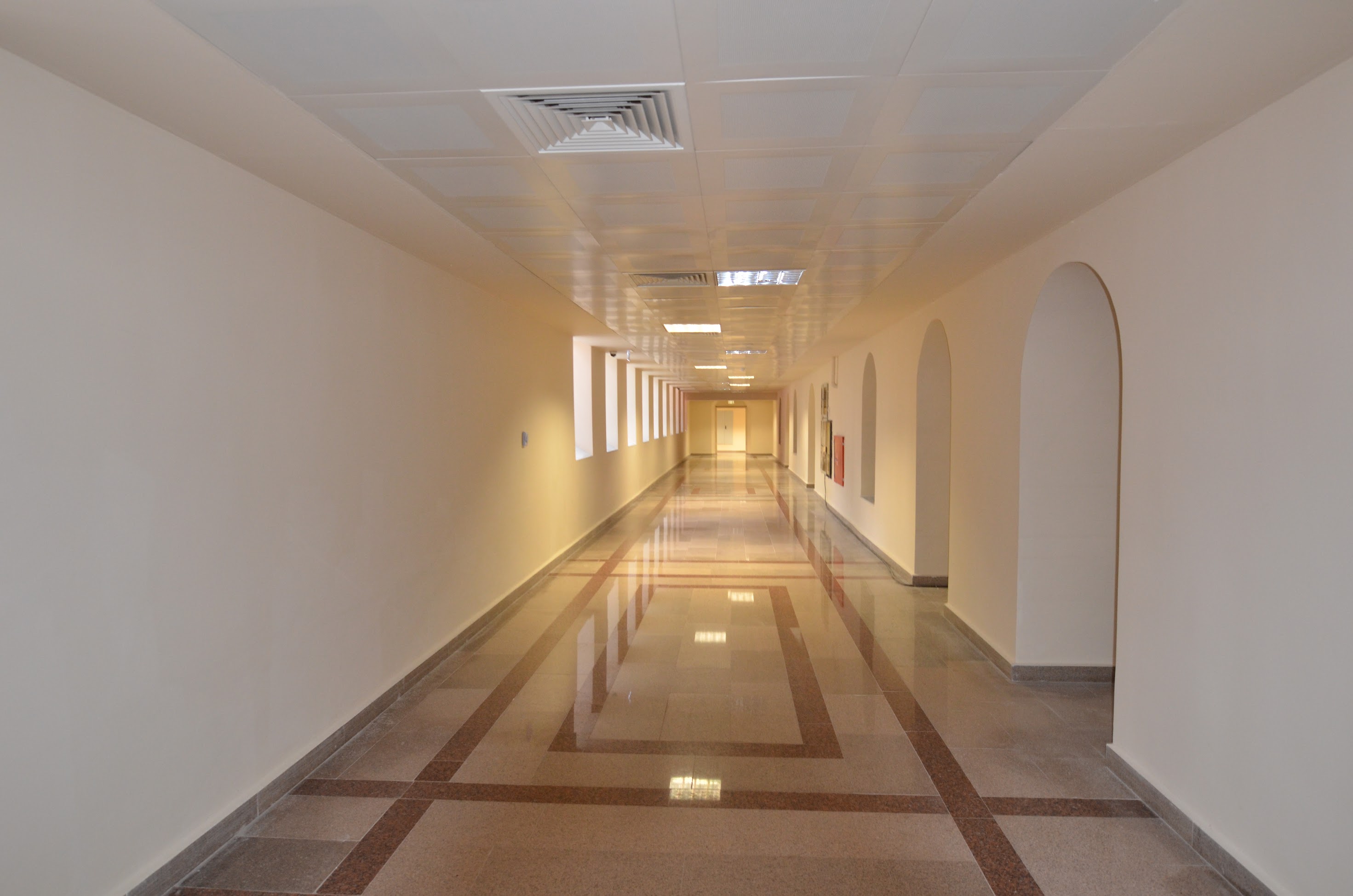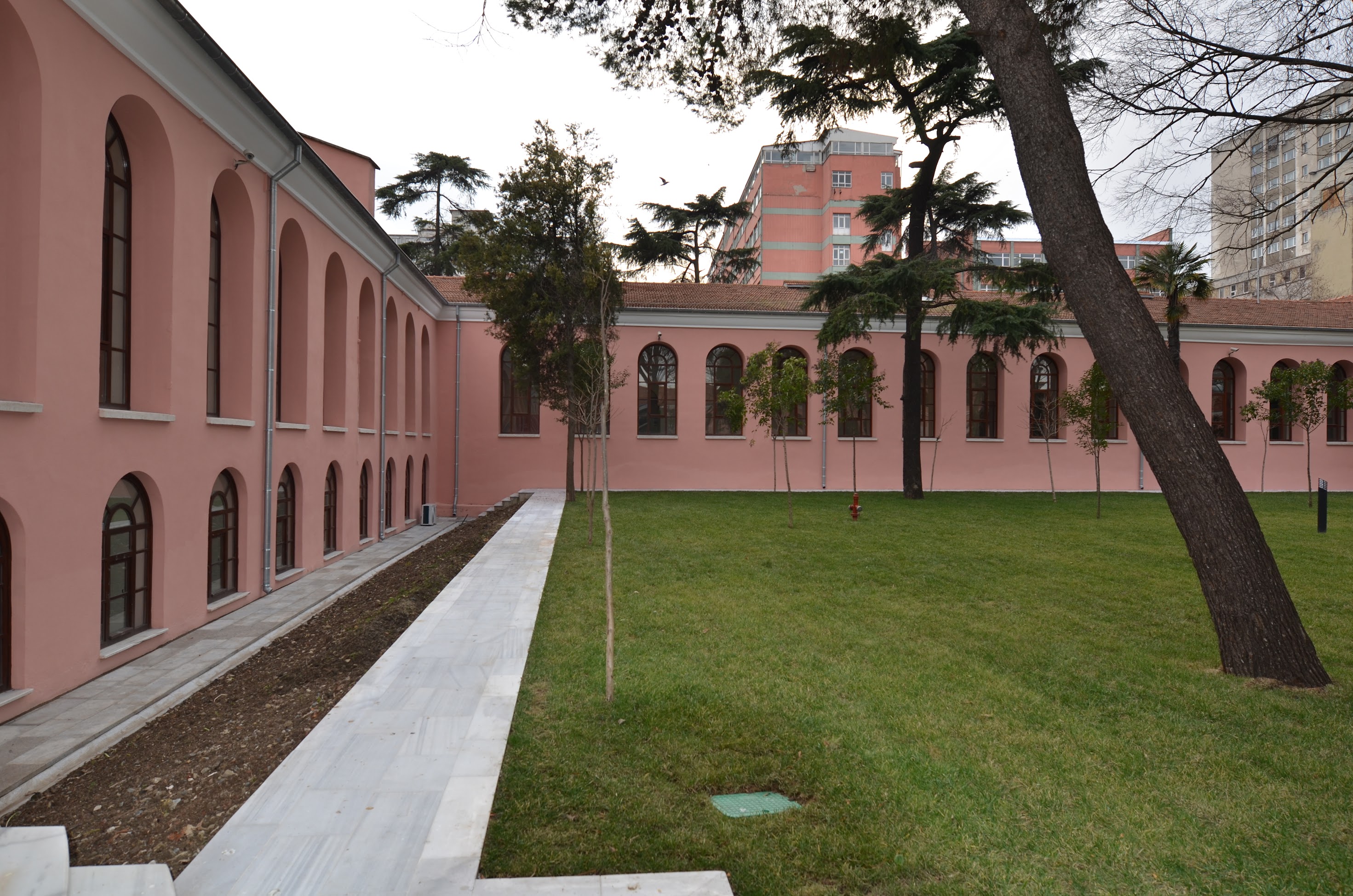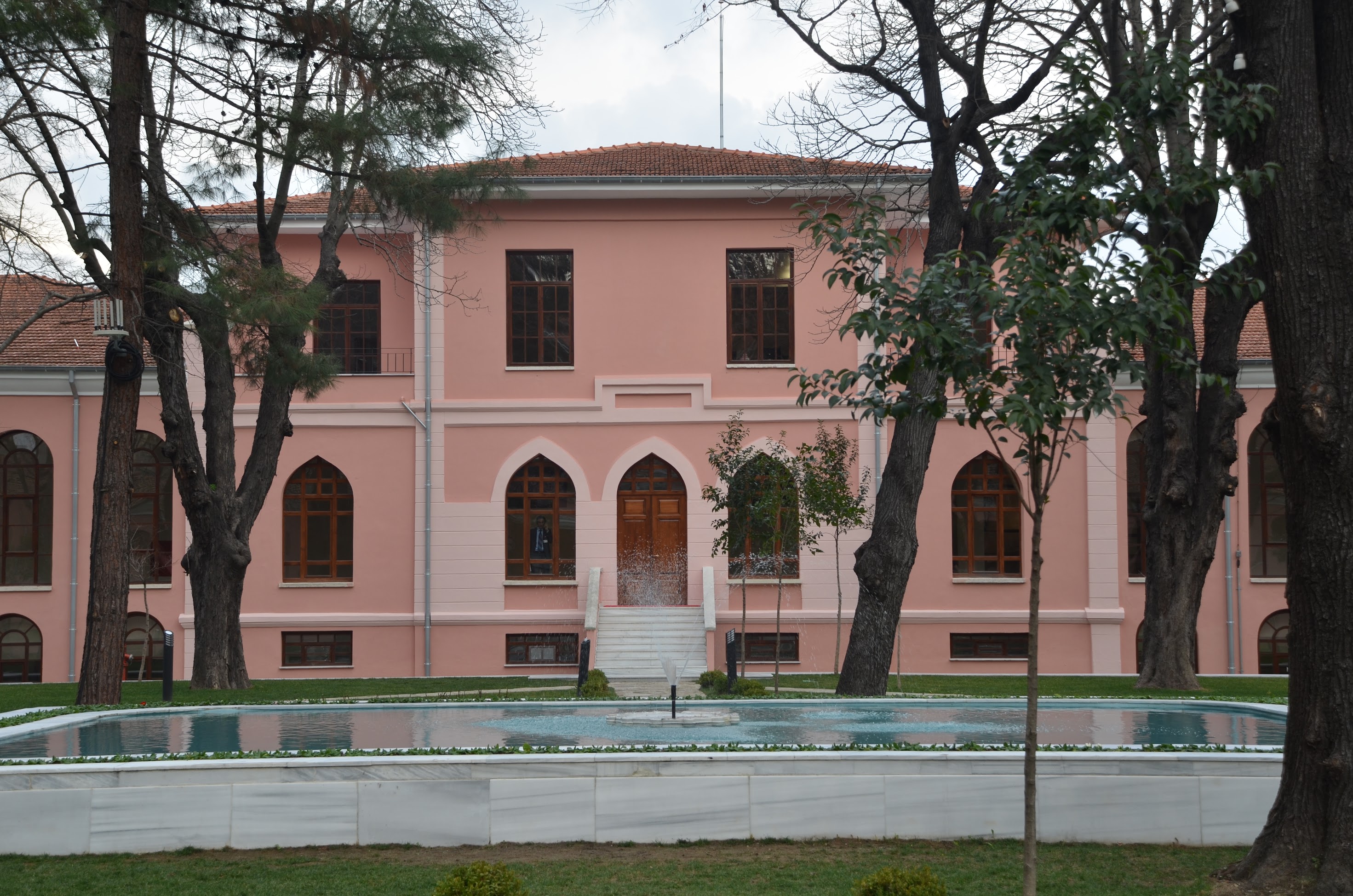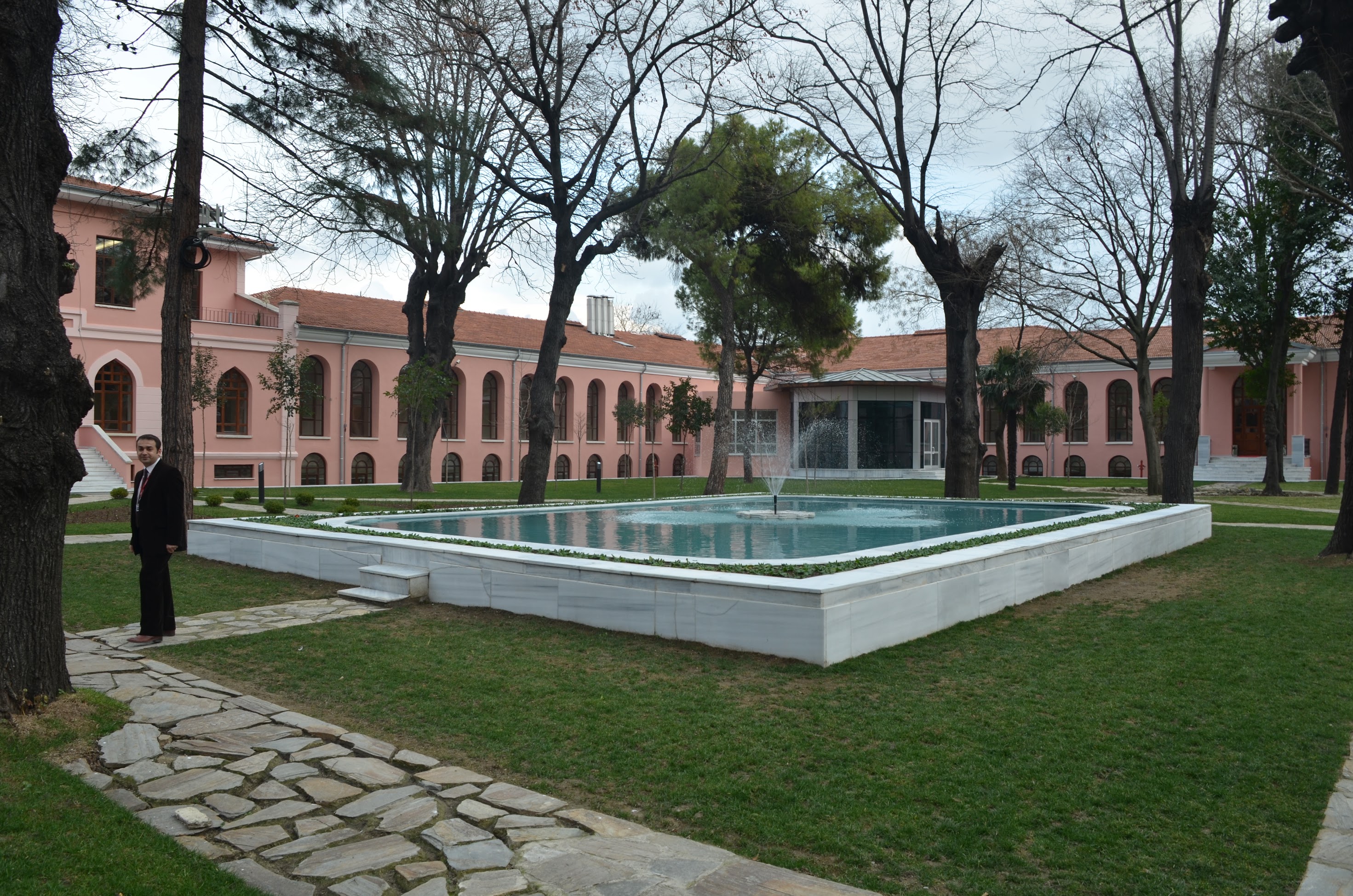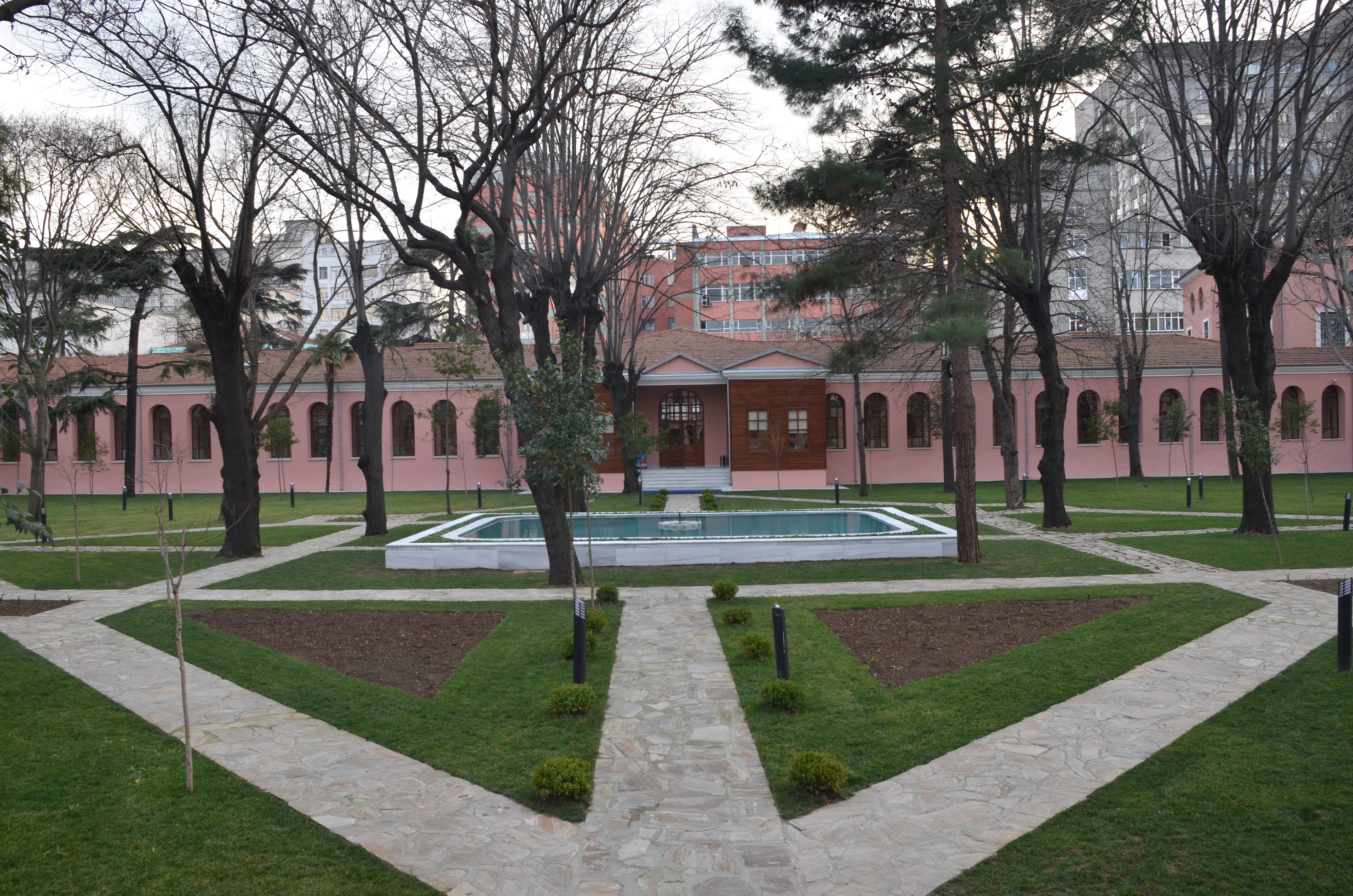VAKIF GUREBA HOSPITAL
Vakıf Gureba Hospital was founded in 1845 (Hijri 1261) by Bezm-i Âlem Valide Sultan, the mother of Sultan Abdülmecid, and was endowed to serve poor Muslims under the name “Bezm-i Âlem Gureba-i Müslimin Hospital” as stated in its vakfiye. Although there are conflicting reports regarding the exact opening date, archival issues of the Takvîm-i Vekâyi newspaper confirm that the hospital officially opened on Friday, March 24, 1845.
In 1826, a severe cholera outbreak occurred in the Ottoman Empire, especially in Istanbul. In response, the government established a Quarantine Administration and began treating patients arriving from outside the city. According to historical accounts, Valide Sultan had a dream interpreted by a seer, who told her, “You will do such a good deed that two hundred men will speak your name with gratitude for as long as the world exists.” Following this, it was decided that the hospital would be a 200-bed facility for male patients.
Until then, all healthcare institutions were called “bimarhane” (hospital). The term “hastane” was first used in the name of this new institution. The first use of the name Gureba in a medical context dates back to 1836, when a small facility was opened in the courtyard of Mihrimah Sultan Mosque in Edirnekapı. That facility, where patients were placed on mats on the floor, remained open for eight years. Learning from this experience, Valide Sultan sought to build a more modern and structured hospital.
The first official name of the new institution was “Bezm-i Âlem Gureba-i Müslimin Hospital in Yenibağçe.” Over time, this name was shortened in daily use to simply “Gureba Hospital.” When it first opened, the hospital had 201 beds. Until 1892, there were no specialized departments. In that year, the ophthalmology and surgery departments were established.
In the 1894 earthquake, which caused widespread destruction in Istanbul, the hospital was heavily damaged. Most of the north and east corridors collapsed, and the remaining walls were at risk of collapsing. Patients were temporarily transferred to four wooden barracks built in Okmeydanı. After approximately one year of repairs, the patients were brought back to the hospital.
In 1900, the hospital opened Turkey’s first massage therapy department. The ear department was added in 1905, followed by the first laboratory and a dermatology-venereal diseases clinic in 1909. The hospital’s first library was established in 1912. In 1913, the pediatrics department and X-ray room were established, followed by orthopedics in 1915 and urology in 1918.
In 1926, the hospital was transferred to the Ministry of Health (Sıhhat Vekâleti) and underwent major renovations. In the same year, a total of 9,149 patients were treated: 3,088 in ophthalmology, 2,052 in internal medicine, 1,460 in ENT, 1,186 in dermatology and venereal diseases, 658 in radiology, 527 in urology, and 228 in surgery. A total of 784 operations were performed.
The hospital remained under the Ministry of Health until 1956, when it was transferred back to the General Directorate of Foundations. After the closure of Istanbul University (Darülfünun) in 1933, a new university was established, and three of the hospital’s clinics continued under its authority.
As ALBA İnşaat, we completed the restoration of the building between 2011 and 2013.

